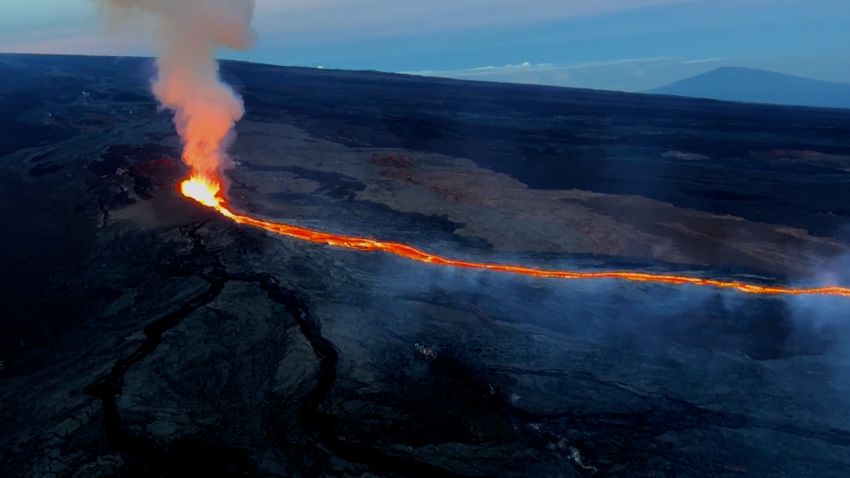Mauna Loa Erupts
Lava from the Mauna Loa creeps towards a major highway.
December 12, 2022
November 27th, 2022. After 38 years of general inactivity, the Mauna Loa, one of the volcanoes that makes up the volcanic island chain of Hawaii, and the largest volcano on the big island of Hawai’i itself, erupted. Spewing hot lava from the inner chamber of the volcano, the volcano triumphantly roared back to life, sending shockwaves through the very Earth as the surrounding area trembled due to the sheer power of the eruption.
The eruption of the Mauna Loa was not a sudden event by all means, but rather a slow buildup of pressure, as is what happens with most volcanic eruptions. Thankfully, due to the widespread global effort to monitor volcanoes through sophisticated and advanced technology, including state of the art seismometers, spectrometers, tiltmeters, GPS units, and many other state of the art tools, the eruption is currently well documented, and was predicted before the eruption itself. “Mauna Loa is one of the most well-instrumented volcanoes in the United States,” said Wendy Stovall, a volcanologist with the U.S geological survey. Even still, so much about the inner workings of the mountain is unknown.
The eruption is really unique in that, due to the natural high viscosity of the lava that Mauna Loa has erupted, civilian centers and surrounding communities are largely left out of the danger zone, and likely won’t be hit by the eruption in any sense. This presents scientists with a rare opportunity to study the eruption, and the scientific secrets that the volcano holds. It is an extraordinary opportunity, one that has not been available in nearly 40 years.
The Mauna Loa is generally an oddity amongst volcanoes in the world. Whilst most volcanoes form along tectonic plate boundaries, their very formation being the result of these plates grinding upon each other, the Mauna Loa, and the other volcanoes of Hawaii, do not sit along any tectonic plate boundaries at all. Their formation is the result of magma plumes that formed when rock from the deep mantle bubbled up and pooled below the crust. They burst straight through the plate, creating active volcanoes, and leaving inactive ones in their way, thus creating the Hawaiian-Emperor seamount volcano chain.
Most recently, whilst not possessing any threat to human life, the lava from the eruption has begun to inch closer to a crucial highway on the Big Island. The Daniel K. Inouye Highway connects the west and east of the island, and if the lave strikes the highway, it will almost certainly cause a great deal of damage. Whilst attempts could be made to redirect the lava, they are generally seen as not worth it, and the highway is instead expected to be closed.


